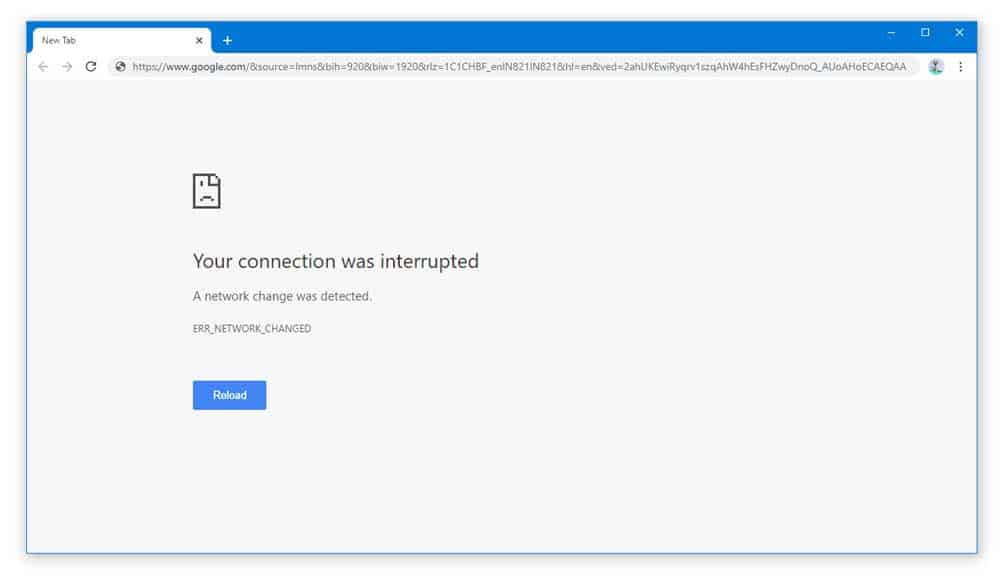
Although there is good evidence that both of these mechanisms operate within glaciers ( Reference PohjolaPohjola, 1994 Reference VatneVatne, 2001 Reference Boon and SharpBoon and Sharp, 2003 Reference Vatne, Refsnes, Eraso and DominguezVatne and Refsnes, 2003 Reference Fountain, Jacobel, Schlichting and JanssonFountain and others, 2005), their applicability to glacier karst evolution is unknown. Alternatively, Reference Boon and SharpBoon and Sharp (2003) and Reference Alley, Dupont, Parizek and AnandakrishnanAlley and others (2005) have proposed that high hydrostatic pressures in water-filled crevasses could allow fractures to propagate to significant depths and perhaps to the bed. Reference Fountain and WalderFountain and Walder (1998) argued that near-surface drainages along the bottom of crevasses could incise into the ice to depths where cryostatic pressures cause closure of the upper reaches of the canyon, creating trapped, sub-horizontal tubular conduits. Reference ShreveShreve, 1972), recent work has emphasized the role of fractures in guiding water flow. While quantitative theories of englacial drainage evolution have traditionally assumed that ice permeability is uniform and isotropic (e.g. The location and morphology of limestone caves, therefore, is a function of both secondary permeability and hydraulic gradient. This is possible only where a preexisting, interconnected network of openings, such as bedding planes or joints, links recharge and discharge zones ( Reference PalmerPalmer, 1991). In limestone karst, speleogenesis occurs where sufficient subsurface water flow exists to remove dissolved rock and keep undersaturated water in contact with the soluble walls.
:max_bytes(150000):strip_icc()/globe-at-center-of-multicolored-usb-cables-158317941-5b859cecc9e77c005084f552.jpg)
Reference PulinaPulina, 1984 Reference Pulina, Rehnak and ErasoPulina and Rehak, 1991). However, the extent to which the karst analogy extends to the subsurface has rarely been investigated (e.g. Reference ClaytonClayton, 1964 Reference KrugerKruger, 1994 Reference KirkbrideKirkbride, 1995 Reference Benn and EvansBenn and Evans, 1998). The surfaces of stagnant or slow-moving debris-covered glaciers have frequently been compared to limestone karst, due to the presence of features such as swallow-holes, sink holes, caves and springs (e.g. The oft-noted resemblance of the surface morphology of debris-covered glaciers to karst landscapes thus extends to the subsurface, and karst hydrology provides a framework for understanding englacial drainage. Voids can be created by fluvial processes and collapse of crevassed ice. Conduits commonly migrate laterally during incision, undermining higher levels of the ice and encouraging collapse. As a result, near-surface drainage evolution is frequently interrupted by base-level fall, and conduits may record multiple phases of incision. Most supraglacial lakes on Himalayan glaciers are perched above the elevation of the terminal stream, and exist for a few years before draining through englacial conduits. They then evolve by grading (through head-ward migration of nick points and vertical incision) to local base level, often the surface of supraglacial lakes.

Conduits form when these hydraulically efficient pathways bridge between areas with different hydraulic potential. The highest, oldest parts of all passages developed along debris-filled crevasse traces with hydraulic conductivity in the range 10 –4 to 10 –5ms –1. Detailed three-dimensional mapping of the cave systems and observations of relationships with structures in the surrounding ice show conduits formed by a mechanism directly analogous to speleogenesis in limestone karst. My viewpage.Englacial cave systems were mapped using speleological techniques in three debris-covered glaciers in the Khumbu Himal, Nepal. el.SpringBeanFacesELResolverĬom.DebugPhaseListenerĬom.ViewScopePhaseListener I'm using the following Versions of Liferay and ICEFaces:

blocking connection stopped, too many empty responses received.
#Network connection interrupted icefaces plus
When the viewpage where ace:fileEntry is included is openend, after plus minus 90 seconds there will be shown a popup with the message "Network Connection Interrupted" and I have to reload the page.Īfter some research I found the following lines in my browser-console: closing previous connection.

But now I'm facing a problem I can't understand. I already had some Issues I was finally able to solve. I am wiritng a Portlet for Liferay and need the ace:fileEntry component.


 0 kommentar(er)
0 kommentar(er)
